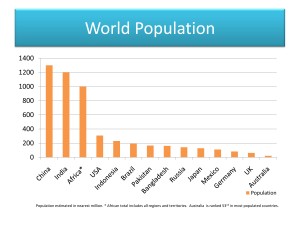 We are all under enormous time pressures. We juggle our competing interests, responsibilities and deadlines. We rely on others to help us get to the finish line. We want their input to equal a standard that allows us to juggle uninterrupted, taking pleasure from keeping everything successfully in the air. There is no room for errors. Just juggle, juggle, juggle.
We are all under enormous time pressures. We juggle our competing interests, responsibilities and deadlines. We rely on others to help us get to the finish line. We want their input to equal a standard that allows us to juggle uninterrupted, taking pleasure from keeping everything successfully in the air. There is no room for errors. Just juggle, juggle, juggle.
Ooops! A ball is dropped and something is broken.
Invariably with all the things we need to focus upon, it is not unusual to find something will drop or break. As we juggle the remaining elements, we know we can only afford to make a quick stop to correct the fallen or broken element. And get back to juggling.
Following this path is only going to lead to more balls being dropped and more items to be juggled. Sometimes we drop things for the same reason. Deep down it doesn’t feel good knowing we or others are making the same mistake, but to stop and do anything differently, puts pressure on all the balls and the decision to stop and rethink the situation can feel bigger than it needs to.
To break this pattern we need to think about the corrective mindset vs. the preventive mindset. This is a well known concept in manufacturing and Quality Management Systems where the focus may be on continuous improvement and customer satisfaction. However the concepts can equally apply to our own professional and personal lives.
When operating in a corrective mindset, you will focus on fixing the immediate problem, and maybe even be able to stop the next occurrence. But it may not solve the bigger issue of being more effective, getting the best out of your time, based on focusing on the right priorities and the best strategies for achieving the outcomes you are looking for.
Another way to look at this is Past vs. Future. One is looking backwards to the past and trying to fix what didn’t work. But this often means we assume the way things are being done today is the right way, so we only fix what we have in place.
The other way is to look to the future to try to work out what is likely to happen and what are the likely influences and inputs that you will or can be working with. Time can be spent then determining what you are really looking to achieve, what is required to get there, the best way of getting there and what may be required to prevent any likely roadblocks or the undesirable from happening.
We know we can’t accurately predict the future so we need to build a flexible approach to deal with all the possibilities. Flexibility is far more important to develop as a mindset rather than as a well constructed disaster recovery plan covering every conceivable problem.
By taking time out to reflect and reconsider the corrective measure of past and the preventive measures you may choose to take in the future, you may find a much more powerful approach to the things you wish to achieve. Edward de Bono once said “It is well known that “problem avoidance” is an important part of problem solving. Instead of solving the problem you go upstream and alter the system so that the problem does not occur in the first place”.
By looking to the future you can ensure you are investing your time on what is most important to you and what is likely to bring the best and most preferred outcomes in the bigger scheme of life.
Whether as a boss or a parent, the best outcome may no longer involve you. A far more powerful approach may require you to stop and develop people (your team or children) or to devise a better system, one that no longer involves you or the thing you think you need to do because you have always done it that way.
One of the things that always stopped me in my tracks opening my mind to future possibilities was the challenge to ask myself “does this need to be done at all” and “what are the real consequence if this was no longer being done”.
By taking time out, deliberately stopping the juggling process and allowing time to move out of the corrective mindset, you now have the chance to strategize around your priorities and plan for the future resulting in greater creativity, enjoyment, satisfaction and rewards.


